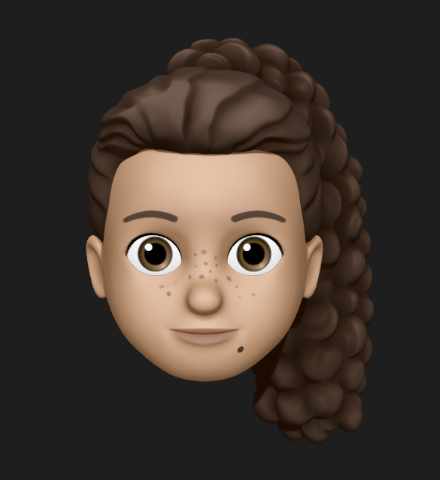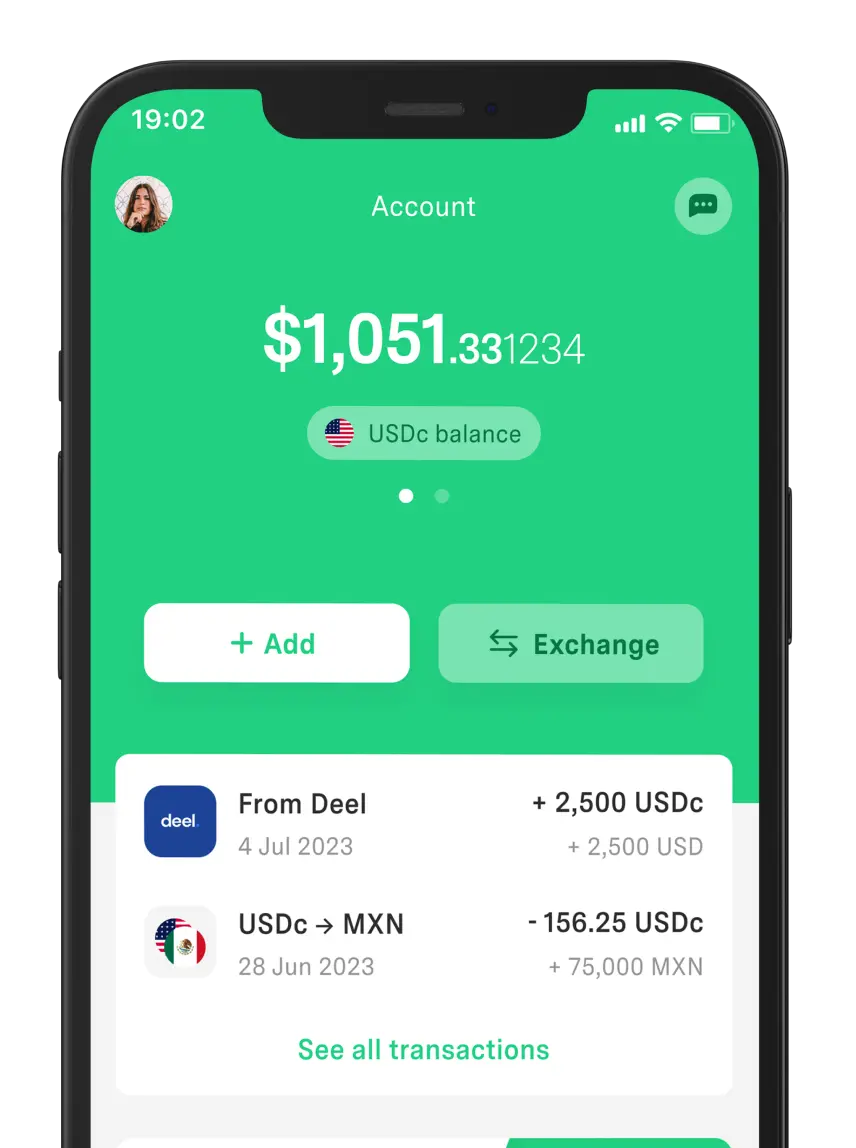What is the Ishikawa Diagram: Steps to Create It and Examples
Efficiency and conflict resolution are fundamental for the success of every freelancer. Among the many options you have at your disposal to achieve this, there's the Ishikawa diagram. A support tool with which you can tackle challenges that arise in your freelance projects.
Do you know what the Ishikawa diagram is?
If not, join us in this post and find out for yourself. We will teach you everything about this tool. From its definition and the steps to make it to some examples that will serve as a guide.
What is an Ishikawa Diagram and What is it For?
It is a quality tool capable of detecting and analyzing the origin of a particular problem. Thanks to this diagram, it is possible to visualize in a structured and systematic graphic the different factors that could cause such a problem.
Like the SWOT analysis, it allows for effectively studying a company's situation. Thus, it serves to identify areas for improvement and analyze the main causes of a problem to create strategies and address them.
It is also known as a fishbone diagram or cause and effect diagram.
Elements and Benefits of the Fishbone Diagram
The reason it is called a fishbone diagram is because of its structure. Since each of its parts represents an essential aspect, like when you make a conceptual map.
The elements are:
Head: Where the central problem or situation to be analyzed is placed.
Spines: The main lines that emerge from the head. These represent the general causes that could contribute to the problem.
Minor Spines: The large subdivisions of the main spines. Here go the secondary factors that could cause the problem.
These terminologies are based on a fish to visualize the parts of the diagram in an easier way to understand.
Key Benefits for Freelancers
When it comes to looking for solutions, innovating, or increasing your job opportunities as a freelancer, you have many options in your favor. Design thinking, for example, helps generate new ideas creatively.
In this sense, the Ishikawa diagram does not fall short, since it can be useful for:
Providing clarity. The fishbone diagram offers a clearer and more detailed visualization of existing problems.
Optimizing processes. It allows you to see flaws or areas for improvement. This facilitates the optimization of work processes, which translates into greater efficiency in delivering your tasks.
Preventing future challenges. Once you find the root of the problem, you can anticipate and solve possible upcoming challenges before they progress.
Boosting teamwork. Favors a collaborative work environment. As it allows involving several people to identify and solve existing problems.
Don't forget to use DolarApp for your freelance payments.
Characteristics
The Ishikawa diagram is characterized by being an easy and intuitive tool. So, you can apply it in different situations, this can be:
As an analysis tool for customer feedback.
To find out why the promotion of your services has dropped.
To support your marketing strategies.
To improve customer experience.
As a weapon to optimize your efficiency and productivity.
In summary, you can take advantage of the fishbone diagram in various ways to maximize your performance as a freelancer.
Steps to Create a Fishbone Diagram
How can I make an Ishikawa diagram? This is the point you're most interested in, right?
Don't worry, the Ishikawa diagram is simpler than writing an essay or a mind map.
Here is a step-by-step guide:
1. Choose the Problem
The first thing you need to do is state the situation, which involves thinking about the situation and selecting the problem.
2. Define the Main Categories
These are usually divided into 6 major blocks (6M):
Method: The way a task will be performed.
Material: The instruments to be used to execute the process.
Manpower: Those who will be part of the work team.
Environment: The environment and necessary conditions to carry out the project.
Measurement: The methods or standards used to evaluate the process's performance.
Machinery: The equipment required, whether technical or technological.
3. Draw the Fishbone
Draw a horizontal line in the center of a digital board or paper, as if it were the fish's backbone. Then, write the problem at the right end (head) and finish by drawing diagonal lines to create the fish's spines.
4. Label the Categories
Next, write on each of the spines the main categories defined in step 2 (Method, Material, Manpower, Environment, Measurement, and Machinery).
As shown in the image:

5. Identify Potential Causes
Whether you do it as a team or individually, the next step is to add the possible causes of the problem within each category.
6. Complete the Diagram
For each identified cause, you'll draw straight lines from the corresponding spine. Then, write the potential origin at the end of each line.

7. Analyze and Prioritize
Once the diagram is ready, review all the detected causes and focus on those that seem most relevant or have a greater impact on the problem.
Finally, use your fishbone diagram to take action and implement measures that allow addressing the situation.
Remember, this tool is a flexible analysis weapon. That is, it can adapt according to the needs of the problem.
Online Pages to Create an Ishikawa Diagram Online
There are several online platforms with which you can create an Ishikawa diagram quickly and easily.
Some options are:
Lucidchart: offers predefined templates for brainstorming and creating Ishikawa diagrams. In addition, Lucidchart is easy to use and allows real-time collaboration.
Creately: another popular option is Creately, which helps you design these diagrams with a variety of templates. It also has customizable shapes to mold them to your specific needs.
Canva: on Canva, you can do almost anything, from infographics, slides to flyers. And, of course, it offers its free diagram creator for you to make it quickly and easily.
SmartDraw: an advanced tool with a wide range of templates for you to make your Ishikawa diagrams. You could also take advantage of SmartDraw for other data visualization functions.
MindMeister: although MindMeister is better known as a software for mind maps, the platform can be used to create Ishikawa diagrams collaboratively.
Pages like Cacoo and Venngage are also good options.
5 Examples of Ishikawa Diagram
1. Diagram of a Service Company

2. Personal Hygiene Diagram

3. Preventive Activities Diagram

4. Educational Quality Diagram

5. Deficiencies in the RGH Diagram

Types of Templates for the Fishbone Diagram
Fishbone diagrams give you the possibility to choose from various designs.
These are the typical versions:
Standard: A traditional format, with the main problem in the center and its probable causes branching from the head. This template is ideal for conducting a thorough analysis.
Simple: Simplifies the Ishikawa diagram to focus on the most significant reasons and avoid unnecessary complexity. Its categories are not predetermined like the standard, so it's possible to add the ones you think are appropriate.
4S Version: This variant adds another dimension to the analysis. Since it considers the categories of the 4S (surroundings, suppliers, skills, and systems), which refers to the environment, suppliers, systems, and skills in Spanish.
This template will help you with a broader approach to analyzing the problem. That is, those involving external factors.
So, look for diagramming software or use the platforms described above and make your own fishbone diagrams.
 Freelancer tips
Freelancer tips 













